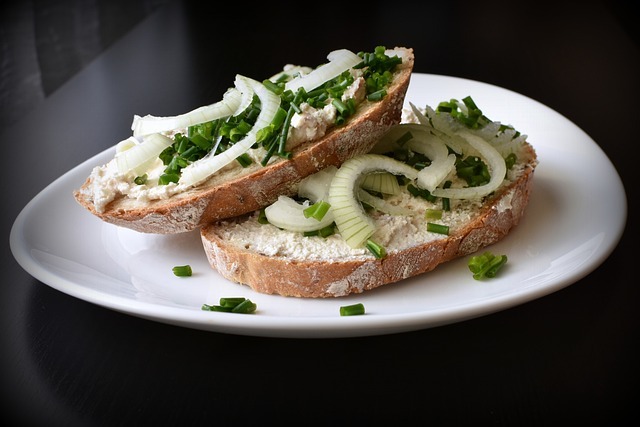It doesn’t have to be expensive to eat healthily. With thoughtful planning and a bit of creativity, you can enjoy nutritious and delicious meals without stretching your budget.Here are some useful suggestions to help you save money and eat healthfully.
Planning is Key
- Create a Meal Plan: Design a weekly meal plan based on what’s on sale and what you already have at home. This will help you use ingredients efficiently and minimize food waste.
- Make a Shopping List: Draft a shopping list based on your meal plan and stick to it. This helps you avoid impulse buys and keeps your spending in check.
- Look for Sales: Monitor discounts and sales on fresh produce, pantry staples, and meats. Stock up on non-perishables when they’re offered at lower prices.
Smart Shopping Tips
- Buy in Bulk: Purchase non-perishable items like grains, beans, and nuts in bulk. This can often reduce the cost per unit and save you money in the long run.
- Choose Frozen Produce: Frozen fruits and vegetables are often less expensive and retain similar nutritional value as fresh produce. They last longer on the shelf as well.
- Opt for Store Brands: Store-brand or generic products are usually much cheaper than name brands and often offer the same quality.
- Grow Your Own: If you have space, consider growing your own herbs and vegetables. Even a small balcony garden can provide fresh produce.
Cooking at Home is Best
- Cook from Scratch: Preparing meals at home is generally more cost-effective than dining out or buying pre-made meals. You may also choose the ingredients and serving sizes.
- Embrace Leftovers: Transform leftovers into new dishes to minimize food waste. Get creative with how you reuse them to keep meals interesting.
- Control Portions: Be mindful of portion sizes to prevent overeating and reduce food waste.
- Learn Basic Cooking Skills: Simple cooking techniques can help you prepare tasty and affordable meals.
Healthy and Affordable Food Choices
- Prioritize Whole Foods: Focus on whole foods such as fruits, vegetables, whole grains, lean proteins, and healthy fats. They are typically more cost-effective and nutritious than processed foods.
- Discover Versatile Ingredients: Beans, lentils, eggs, and chicken are budget-friendly and can be used in a variety of recipes.
- Cut Back on Processed Foods: Processed foods are often expensive and contain unhealthy additives. Opt for fresh, whole ingredients when possible.
- Hydrate Wisely: Drink water to stay hydrated and reduce the need for sugary, expensive beverages.
Additional Tips
- Pack Your Lunch: Bringing lunch from home can save money and ensure you’re eating healthily.
- Embrace Beans and Lentils: These legumes are affordable, protein-packed, and versatile.
- Reduce Meat Consumption: Incorporate more plant-based meals into your diet to cut down on grocery costs.
- Seek Inspiration: Find budget-friendly recipes online or in cookbooks to keep your meals exciting and diverse.
You can eat healthily without going over budget if you adopt these tactics into your daily life. With a bit of planning and creativity, eating healthy on a budget is not only achievable but also rewarding.
